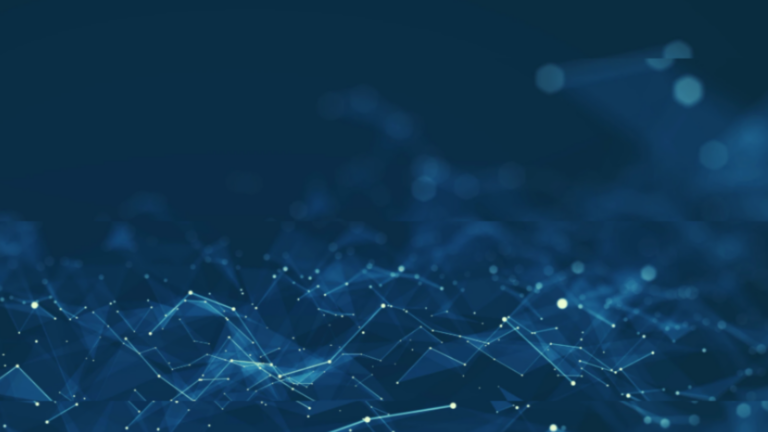World of Warcraft comes to the cloud this week, part of the 17 games joining the GeForce NOW library, with seven available to stream this week. Plus, it’s time to get rewarded. Get a free in-game mount in Elder Scrolls Online starting today by opting into GeForce NOW’s Rewards program. Heroes Rise to the Cloud
Read Article
Category: Misc
 Ready to move your pilot to production? Get an expert overview on how to deploy generative AI applications.
Ready to move your pilot to production? Get an expert overview on how to deploy generative AI applications.
Ready to move your pilot to production? Get an expert overview on how to deploy generative AI applications.
 Join our contest that runs through June 17 and showcase your innovation using cutting-edge generative AI-powered applications using NVIDIA and LangChain…
Join our contest that runs through June 17 and showcase your innovation using cutting-edge generative AI-powered applications using NVIDIA and LangChain…
Join our contest that runs through June 17 and showcase your innovation using cutting-edge generative AI-powered applications using NVIDIA and LangChain technologies. To get you started, we explore a few applications for inspiring your creative journey, while sharing tips and best practices to help you succeed in the development process. There are many different practical applications…
Generative AI is propelling AV 2.0, a new era in autonomous vehicle technology characterized by large, unified, end-to-end AI models capable of managing various aspects of the vehicle stack, including perception, planning and control. London-based startup Wayve is pioneering this new era, developing autonomous driving technologies that can be built on NVIDIA DRIVE Orin and
Read Article
Generative AI is enabling new capabilities for Windows applications and games. It’s powering unscripted, dynamic NPCs, it’s enabling creators to generate novel works of art, and it’s helping gamers boost frame rates by up to 4x.
Imagine having a robot that could help you clean up after a party — or fold heaps of laundry. Chengshu Eric Li and Josiah David Wong, two Stanford University Ph.D. students advised by renowned American computer scientist Professor Fei-Fei Li, are making that a dream come true. In this episode of the AI Podcast, host
Read Article
 Generative AI is revolutionizing virtually every use case across every industry, thanks to the constant influx of groundbreaking foundation models capable of…
Generative AI is revolutionizing virtually every use case across every industry, thanks to the constant influx of groundbreaking foundation models capable of…
Generative AI is revolutionizing virtually every use case across every industry, thanks to the constant influx of groundbreaking foundation models capable of understanding context and reason to generate quality content and high-accuracy answers. NVIDIA is constantly optimizing and publishing community–, partner–, and NVIDIA-built models. This week’s release features two families…
Building on more than a dozen years of stacking wins at the COMPUTEX trade show’s annual Best Choice Awards, NVIDIA was today honored with BCAs for its latest technologies. The NVIDIA GH200 Grace Hopper Superchip won the Computer and System Category Award; the NVIDIA Spectrum-X AI Ethernet networking platform won the Networking and Communication Category
Read Article
Explainer: What Is Deep Learning?
 Deep learning is a subset of artificial intelligence (AI) and machine learning (ML) that uses multi-layered artificial neural networks to deliver…
Deep learning is a subset of artificial intelligence (AI) and machine learning (ML) that uses multi-layered artificial neural networks to deliver…
Deep learning is a subset of artificial intelligence (AI) and machine learning (ML) that uses multi-layered artificial neural networks to deliver state-of-the-art accuracy in tasks like object detection, speech recognition, language translation, and others.
 The NVIDIA CUDA Deep Neural Network library (cuDNN) is a GPU-accelerated library for accelerating deep learning primitives with state-of-the-art performance….
The NVIDIA CUDA Deep Neural Network library (cuDNN) is a GPU-accelerated library for accelerating deep learning primitives with state-of-the-art performance….
The NVIDIA CUDA Deep Neural Network library (cuDNN) is a GPU-accelerated library for accelerating deep learning primitives with state-of-the-art performance. cuDNN is integrated with popular deep learning frameworks like PyTorch, TensorFlow, and XLA (Accelerated Linear Algebra). These frameworks abstract the complexities of direct GPU programming, enabling you to focus on designing and…
